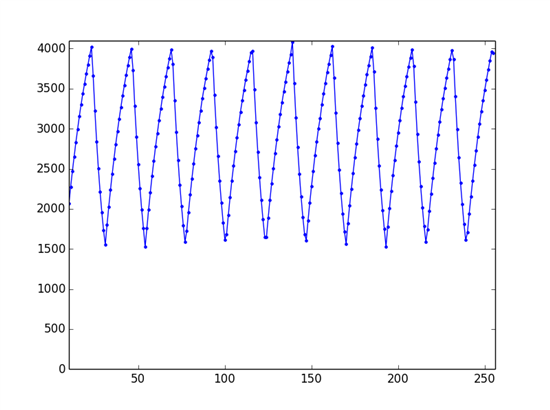I'm working with the Tiva C Launchpad board which uses the TM4C123GH6PM microcontroller. I'd like to be able to read a large number of samples (say, 128) from the ADC at its full rated speed of 1 MSPS. The samples need to be read with a constant 1 us time spacing, as should be the case for a 1 MSPS sampling rate.
First off, is this possible using this hardware? If so, what would be a good strategy to pull this off? What would I need to do to transfer the data to memory at the appropriate speed to keep up with the ADC? I'm pretty new to microcontrollers, so any help would be appreciated!


